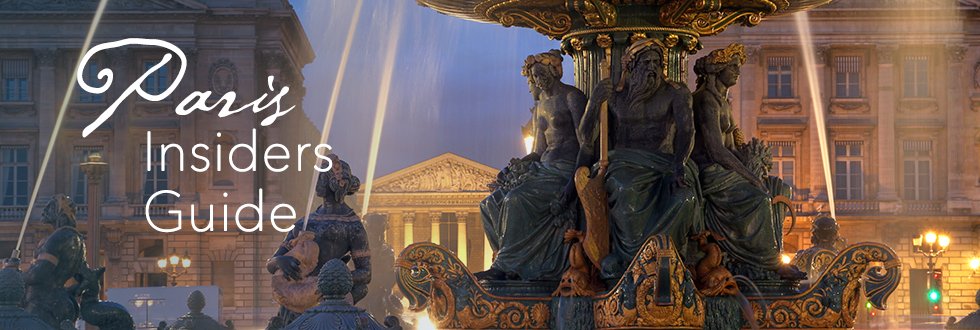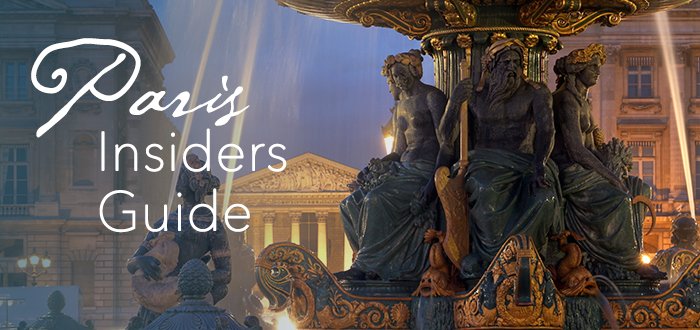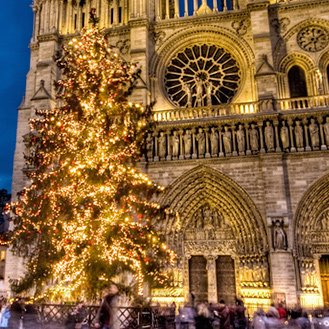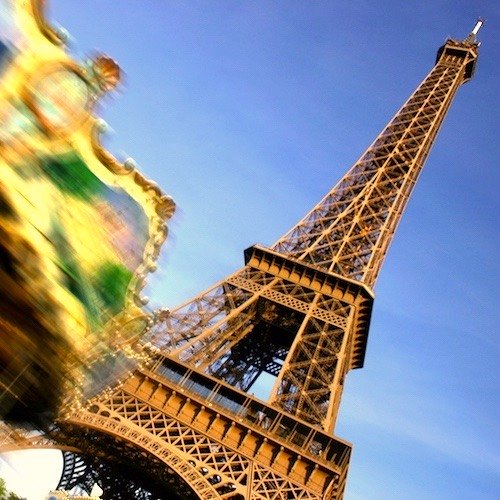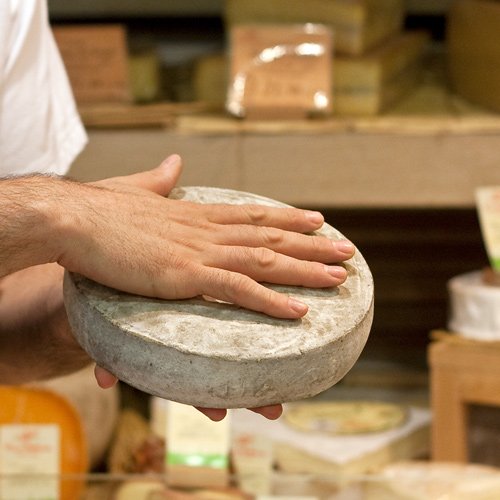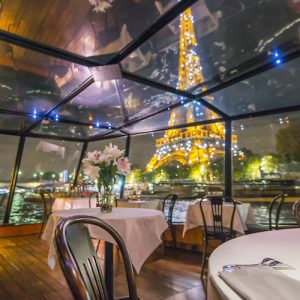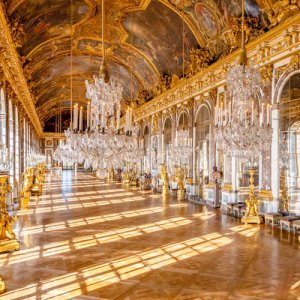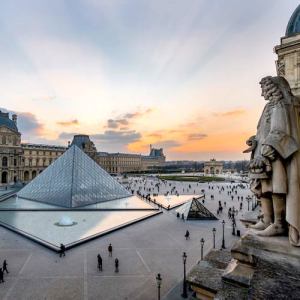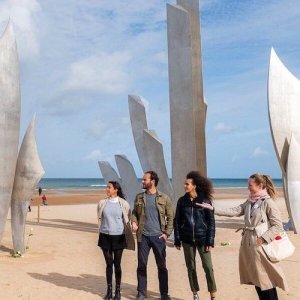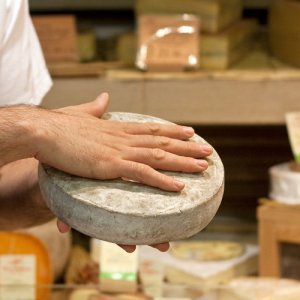Paris Monuments – From Napoleon's Arches to Mitterrand's Pyramid
Paris monuments aren't just photo ops — they're 2,000 years of ambition and history carved in stone. French rulers, architects, and egos have all left their mark on the city, shaping a skyline that tells a very long, very dramatic story.
From must-see structures like the Arc de Triomphe to lesser-known treasures like the Arc de Triomphe du Carrousel, each Paris landmark offers a snapshot of power, pride, or rebellion. Napoleon had his arches, Mitterrand had his pyramid, and you? You have a front-row seat. Here's our guide to the most famous Paris monuments — and a few you might have missed.
![]()
Discover What's On When You're Here...
• January... |
• February... |
• March... |
• April... |
• May... |
• June... |
• July... |
• August... |
• September... |
• October... |
• November... |
• December... |
Discover What's On When You're Here
• January...
|
• February... |
• March... |
|---|---|---|
• April... |
• May... |
• June... |
• July... |
• August... |
• September... |
• October... |
• November... |
• December... |
Arc de Triomphe Paris – Grandeur with a View
 Arc de Triomphe Paris rises above the Champs-Élysées as night falls
Arc de Triomphe Paris rises above the Champs-Élysées as night falls
Napoleon never did subtle, and the Arc de Triomphe proves it. Perched at the top of the Champs-Élysées, this hulking arch anchors the étoile, a star-shaped tangle of twelve avenues. It's a tribute to military victory, sure, but also an excellent excuse to climb to the top for one of the best panoramic views in Paris.
From one side you see the Louvre stretching down the axis of French history; from the other, the modern towers of La Défense. It's less a monument, more a crossroads of eras — and a great way to start your journey through Paris monuments.
The Pantheon – Saints, Scientists & Statesmen
 A tilted view of the dome of the Pantheon emphasizes its majesty, photo by Mark Craft
A tilted view of the dome of the Pantheon emphasizes its majesty, photo by Mark Craft
Sitting atop the Montagne Sainte-Geneviève in the Latin Quarter, the Pantheon plays the long game. Built as a church, converted into a mausoleum, then toggled back and forth a few times, it's now the final resting place of Voltaire, Rousseau, Marie Curie, and other national heavyweights.
It's one of those famous Paris monuments that manages to be both imposing and moving. The neoclassical facade looks straight out of ancient Rome, but inside it's pure French reverence. Step inside for some serious atmosphere — and a reminder that Paris doesn't just honor its kings, but its thinkers, too.
Tour the Top Paris Monuments
Arc de Triomphe Rooftop Tickets
Arc de Triomphe du Carrousel – The Other Arch
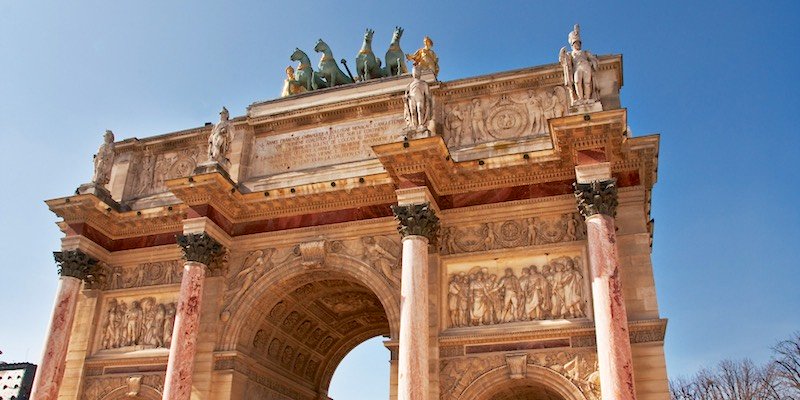 Bronze horses and statues of generals atop the Arc de Triomphe du Carrousel, photo by Mark Craft
Bronze horses and statues of generals atop the Arc de Triomphe du Carrousel, photo by Mark Craft
Blink and you'll miss it — but don't. The Arc de Triomphe du Carrousel might live in the shadow of its bigger cousin up the road, but this smaller arch outside the Louvre Museum is no less charming. Built to honor Napoleon's early victories, it's got elegance, proportion, and surprisingly few tourists. (Well, except for those Louvre crowds)
Tucked between the Louvre and the Jardin des Tuileries, the Carrousel arch makes a great waypoint in your museum-day wanderings. And if you know where to look, it's also near one of the best secret entrances to the Louvre. That alone makes it one of our favorite under-the-radar Paris monuments.
The Louvre Pyramid
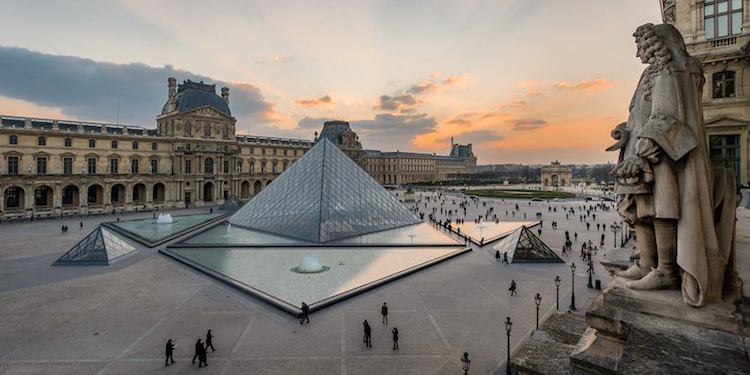 The Louvre Pyramid presides over the museum's central courtyard
The Louvre Pyramid presides over the museum's central courtyard
Pointed, Glassy, and Still Controversial
When French president Mitterrand (served 1981 to 1995) commissioned a glass pyramid as the new entrance to the Louvre Museum, not everyone was thrilled. But decades later, it's hard to imagine the courtyard without it. Designed by I.M. Pei, the pyramid is the sharp, modern counterpoint to the Louvre's classical sprawl — a bold move in a city that doesn't always love bold moves.
Today, it's not just a passageway into the museum — it's one of the must-see Paris landmarks in its own right. Love it or hate it (we're on Team Love), it reflects a moment when Paris decided to shake things up.
The Bastille – A Monument to Revolution
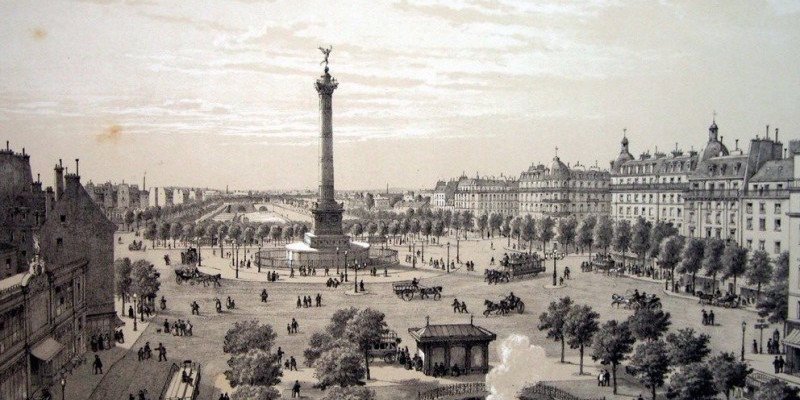 Place de la Bastille and the Bastille Column, commemorating the revolution of 1830
Place de la Bastille and the Bastille Column, commemorating the revolution of 1830
Technically, the prison is long gone. But the Place de la Bastille is still heavy with history — and not the dusty kind. This is where the French Revolution kicked off in 1789. Today, a column stands in the center of the square, topped with a golden spirit of liberty and flanked by cafes, opera-goers, and scooter traffic.
It's one of those Paris monuments where symbolism matters more than structure. The Bastille may be invisible now, but its meaning hasn't faded. Our guide walks you through the past and shows you what's worth seeing nearby in this lively pocket of the city.
The Best Paris Activities
The Top Paris Activity
Pont Alexandre III – A Bridge That Shows Off
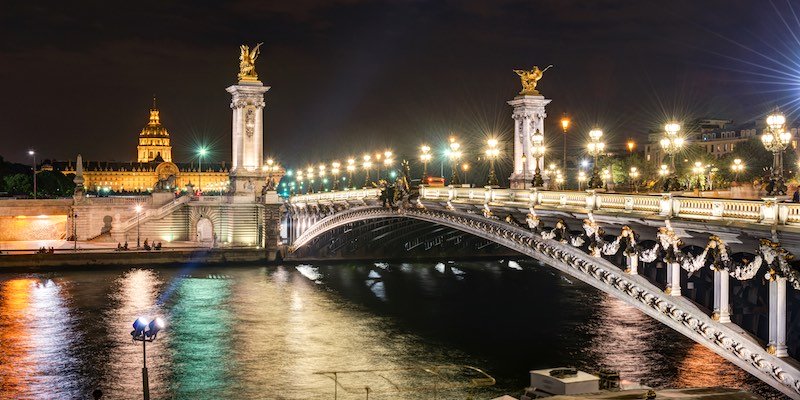 Pont Alexandre III Paris at night, lit to emphasize its classic beauty
Pont Alexandre III Paris at night, lit to emphasize its classic beauty
Bridges in Paris usually keep a low profile. Not this one. Pont Alexandre III goes big with gilded statues, sweeping curves, and just enough drama to make it the star of your photo reel. Built for the Paris Exposition of 1900, it was meant to celebrate Franco-Russian friendship — but these days it mostly celebrates opulence.
It's also a favorite backdrop for fashion shoots, wedding photos, and early-evening flâneurs. We love its energy, its view of the Eiffel Tower, and the way it anchors the riverbanks with full 19th-century flair. Among Paris monuments, it's one of the flashiest. And we're fine with that.
The Statue(s) of Liberty
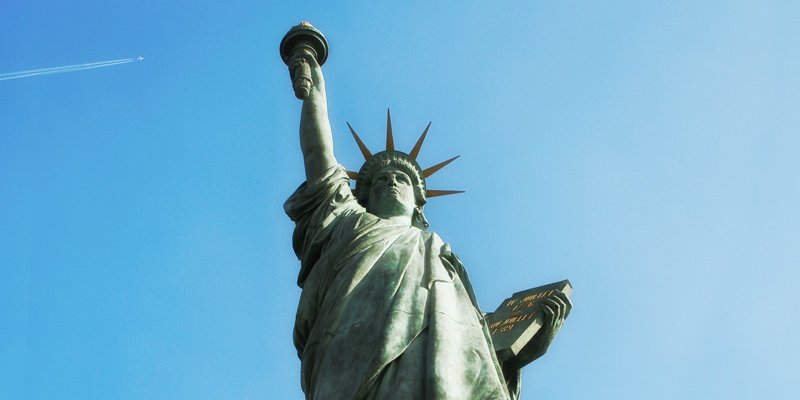 The Statue of Liberty on Allée des Cygnes, photo by Mark Craft
The Statue of Liberty on Allée des Cygnes, photo by Mark Craft
That's right, the Statue of Liberty. It's in Paris. More than once, in fact. You know New York's Statue of Liberty came from France, right? So it makes sense that in Paris you'd be able to see scale models of it, cast during the time of the construction of the big sister. There's one version in front of the entry to the Musée des Arts et Metiers in the 3rd Arrondissement. It's a fun museum — perfect for families, too.
But the statue of Ms Liberty we like even better is on a island in the Seine on the diagonally opposite side of Paris. In the middle of the river, between the 15th and 16th Arrondissements, there's a long, thin, straight-as-arrow island named Allée des Cygnes and on its lower end there stands another, taller Liberty.
You reach Allée des Cygnes by crossing at Pont de Grenelle, two bridges downriver from the the Trocadero and the Eiffel Tower. At the middle of the bridge you'll see Lady Liberty's head and flame sticking up above the level of the bridge. Reach the island, and the base of the statue, by stairs that go down from the bridge. Nice views of the Eiffel Tower, too.
![]()
Find Hotel Deals for Your Dates in Paris
Check the complete list of Paris hotels to find current sale prices on rooms in every arrondissement. Save 10%, 20%… or even more! |
Paris Hotel Deals |
Find Hotel Deals for Your Dates in Paris
Save on hotels in every arrondissement of Paris – the Latin Quarter, Saint Germain, the Right Bank, the Marais, near the Eiffel Tower. Save 10%, 20%… or even more! |
Les Invalides & the Museum of the Army
 Les Invalides, with the dome of the Tomb of Napoleon
Les Invalides, with the dome of the Tomb of Napoleon
Although Bonaparte is entombed here, it wasn't Napoleon, but an earlier French ruler who established a home for aging and disabled French soldiers. The magnificent building, Les Invalides, named for disabled soldiers, was built in 1676 by Louis XIV, who was a much bigger builder even than Napoleon.
Today it is still is a retirement home for war veterans, but it also houses the Museum of the Army as well at the Tomb of Napoleon. At the museum you can explore the vast collection of 500,000 military artifacts including armor, artillery, uniforms, weapons and emblems. Napoleon's remains were transferred here in 1840; you find the Tomb of Napoleon under the dome of the chapel on the back side of the main building.
Montparnasse Tower
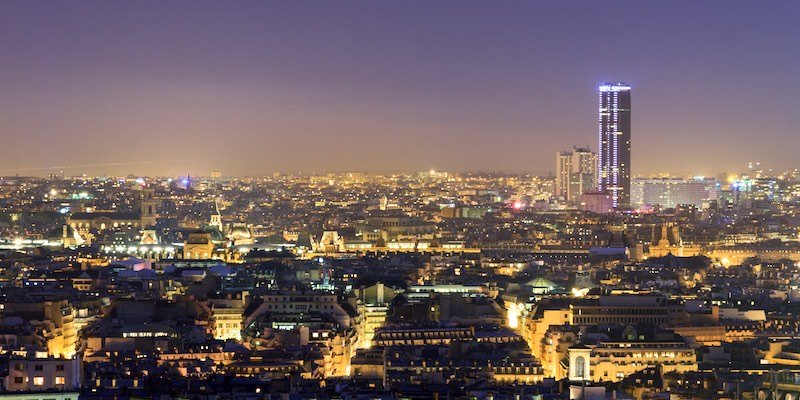 La Tour Montparnasse towers over Paris
La Tour Montparnasse towers over Paris
La Tour Montparnasse might be considered a monument to Paris modernity. Maybe. The only skyscraper ever allowed to be built in central Paris, it towers 210 metres (689 ft) over the Montparnasse Metro and train stations.
Tour Montparnasse was widely criticized after the completion of its construction in 1972 for being an eyesore and out of place among the more traditional style of Paris architecture, not to mention the height of all other buildings in the city. It created such an uproar that the construction of further skyscrapers in central Paris was halted.
Mind you, the top of the Tour does provide a breathtaking view of the city, and it's open to the public. Take Europe's fastest elevator (38 seconds) to the top where, on a clear day, you can see for more than 40 km and spot all the landmarks, including the Eiffel Tower.
Paris Monuments – Beyond the Big Names
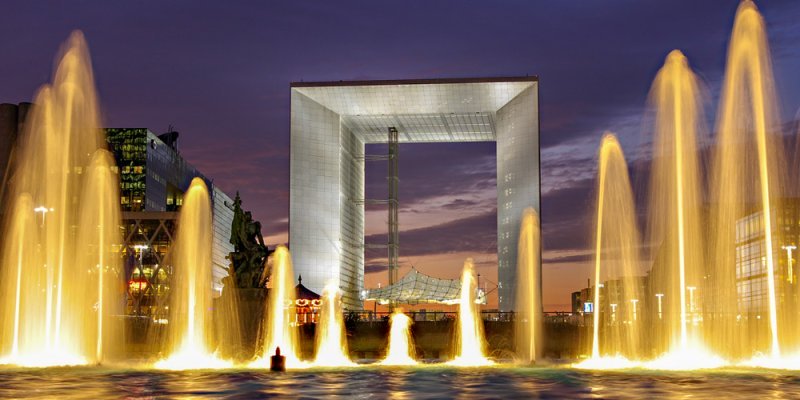 The Grande Arche at La Defense, flanked by lighted fountains, photo Wikimedia by Feydey
The Grande Arche at La Defense, flanked by lighted fountains, photo Wikimedia by Feydey
Yes, we know the Eiffel Tower didn't make the list — but that's only because we assume it's already on yours. Beyond the headliners, Paris is full of lesser-known monuments with stories to tell: fountains with revolutionary pasts, churches turned concert halls, even art installations hiding in plain sight.
The city's layers show up in its stonework. That's what makes visiting famous Paris monuments feel like flipping through a very long, very French scrapbook. Take time to wander off the tourist trail. Some of the best must-see Paris landmarks aren't the ones you expected.
Paris Planning Guides
 Left Bank Hotels
Left Bank Hotels |
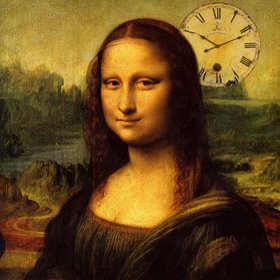 Skip-the-line Louvre Tour
Skip-the-line Louvre Tour |
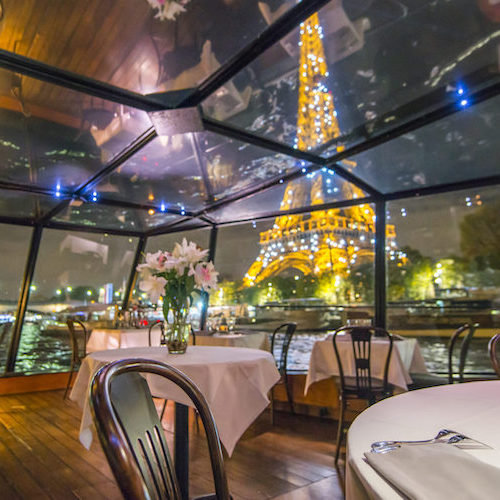 Glorious Dinner Cruises
Glorious Dinner Cruises |
 10 Food Experiences
10 Food Experiences |
